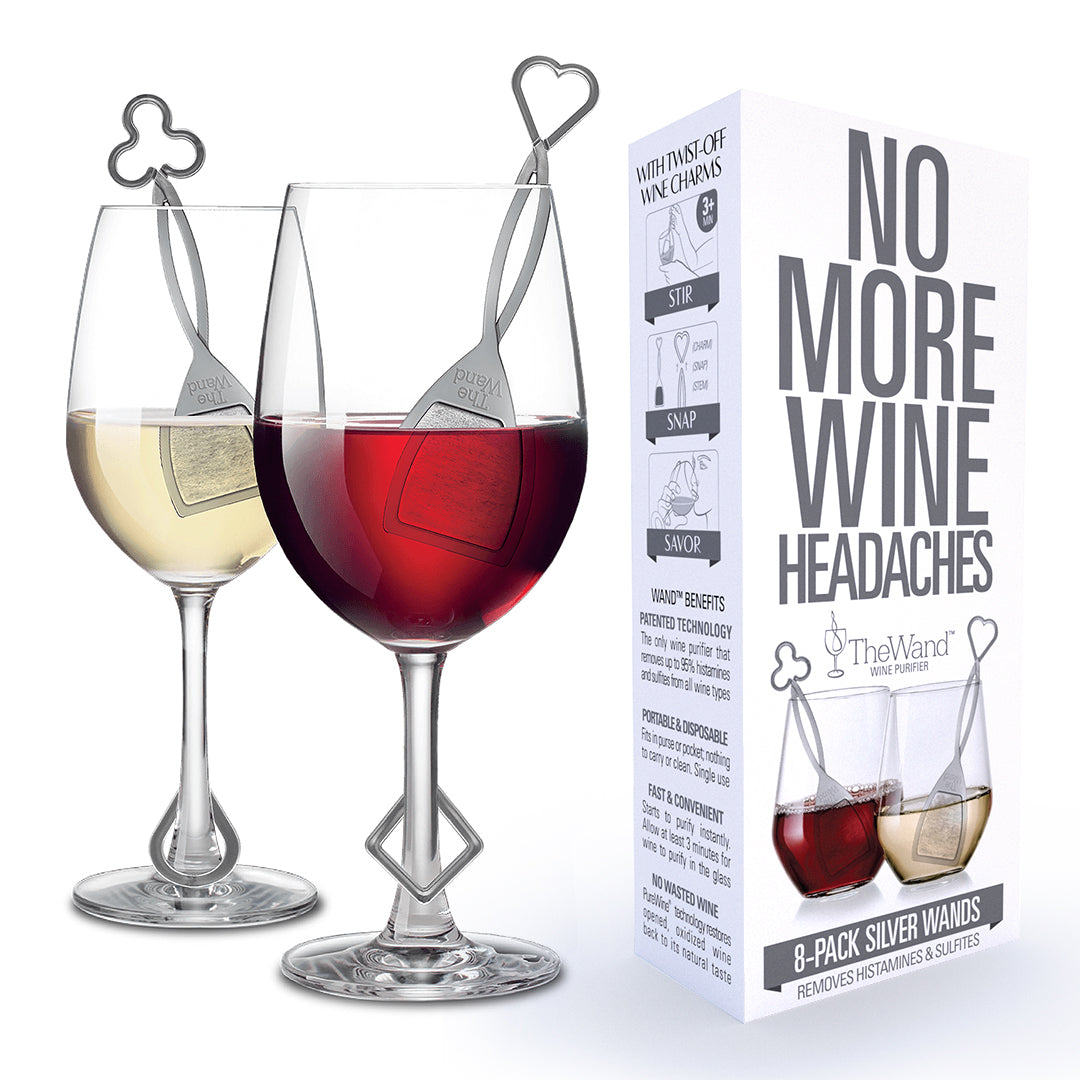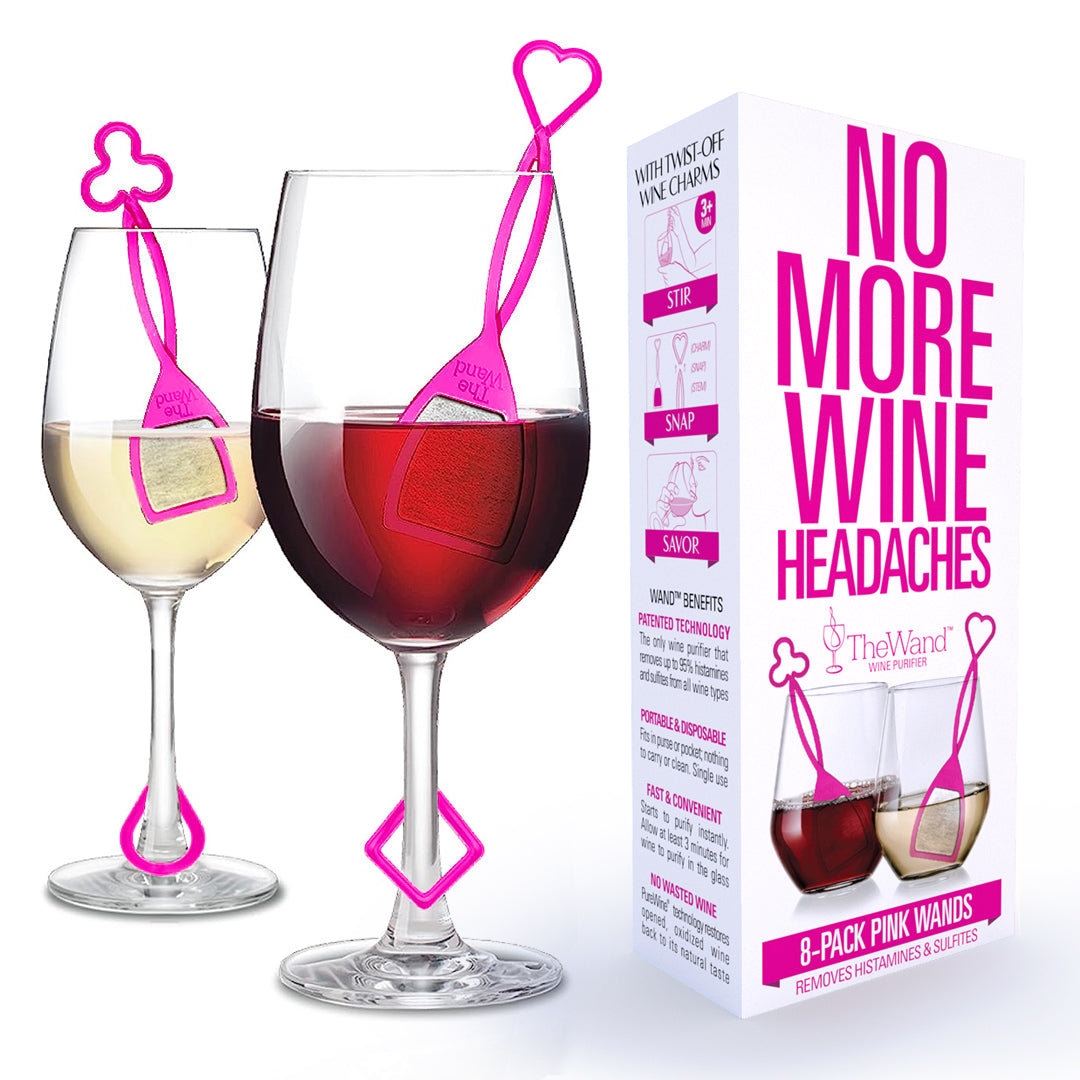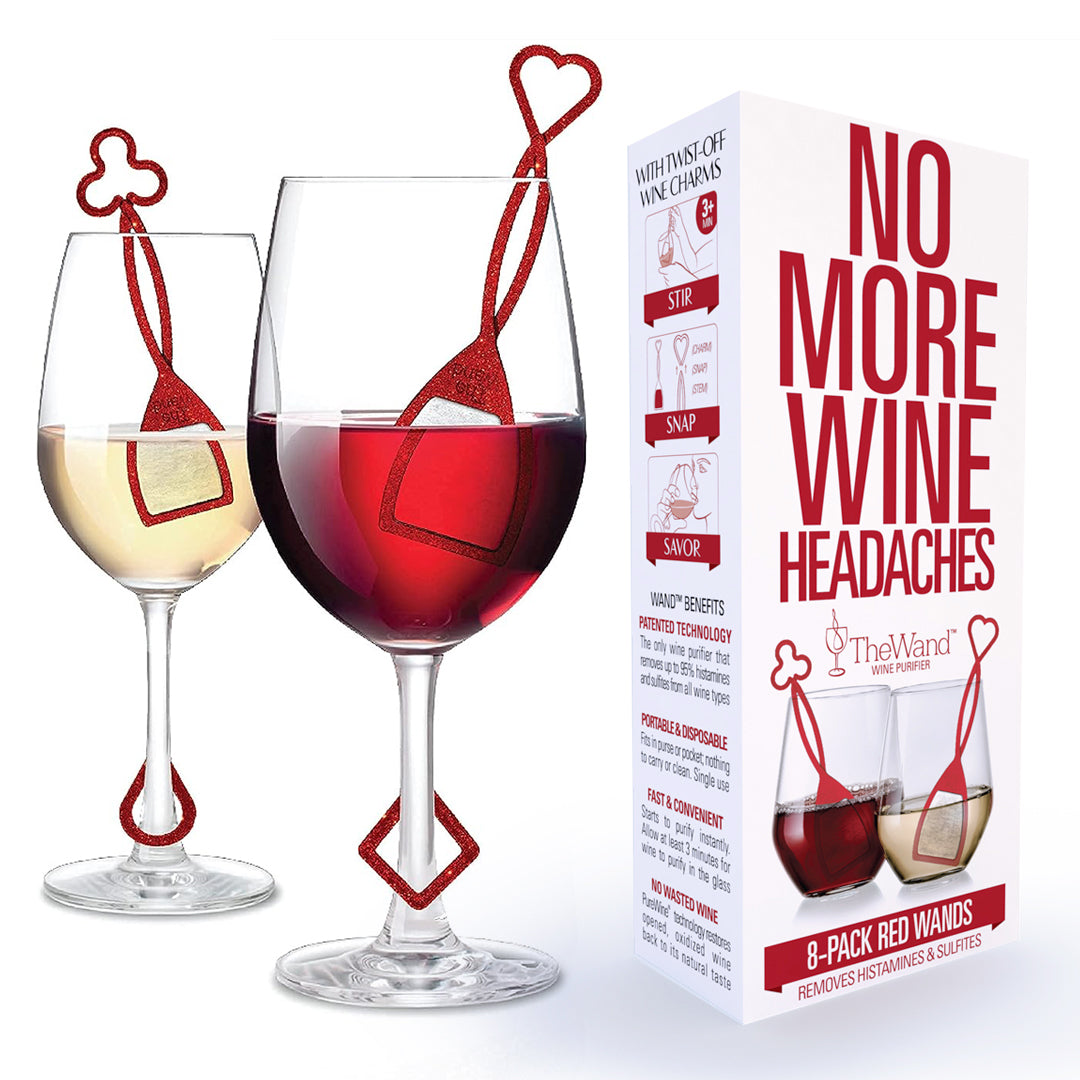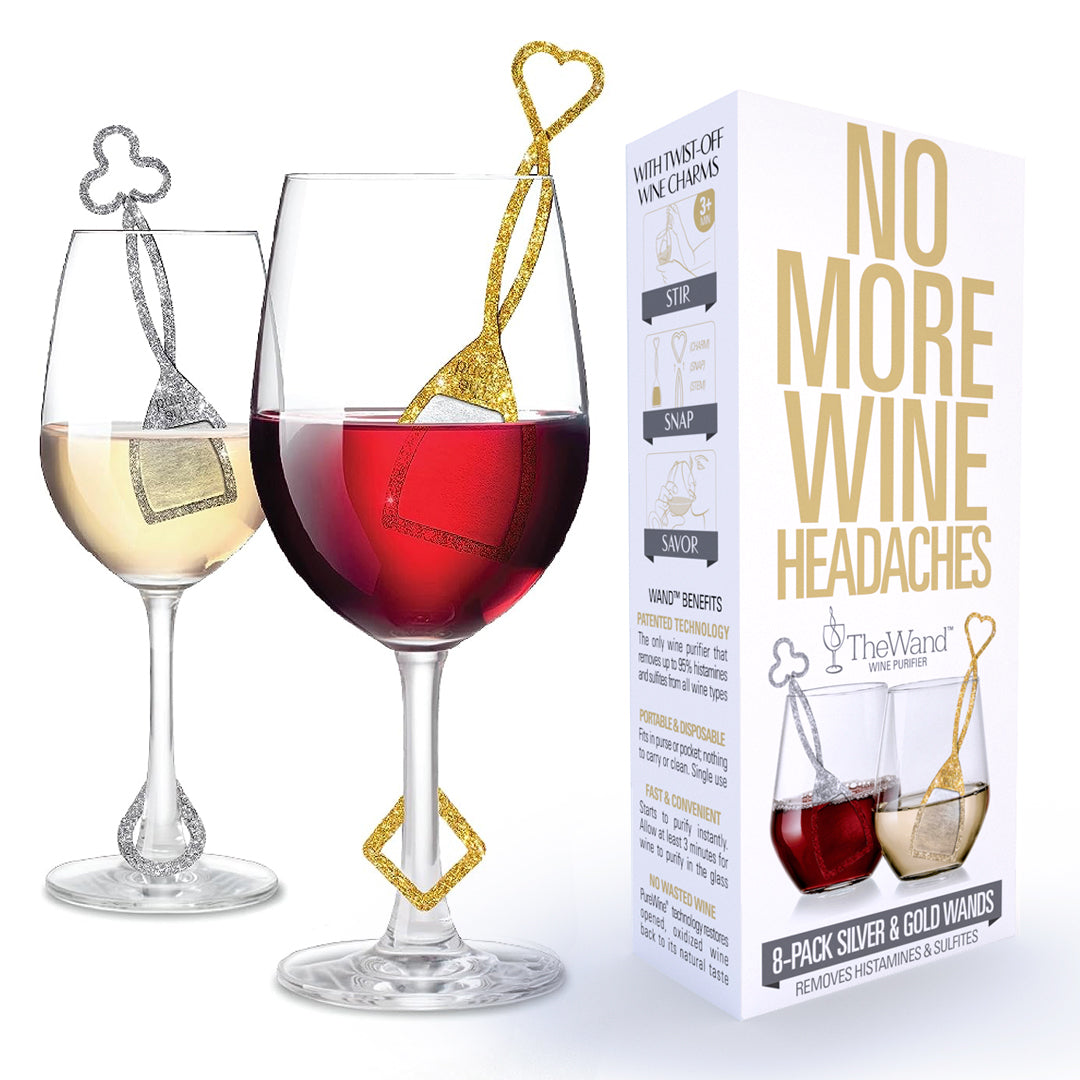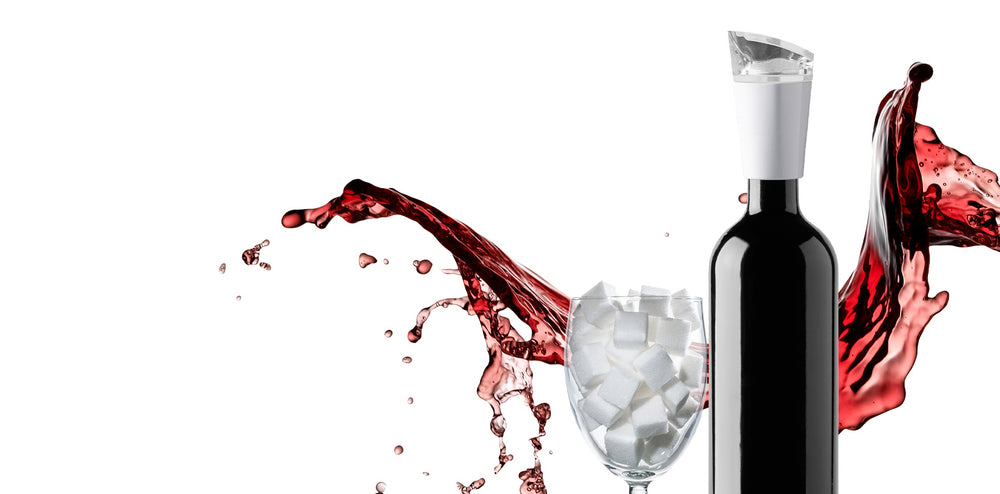Sugar Free Wine - Does it Exist?
Many of us are trying to cut back on sugar consumption, whether it's because we gained weight during the Covid quarantines or simply want to eat healthier in general. But does this mean we have to give up our favorite wines in the process? Do zero sugar free wines actually exist? We’re here to answer all of your questions on no sugar wines and cover low sugar wines.
Does Sugar Free Wine Even Exist?
Before answering this question, we need to do a little bit of homework and explain what types of sugars are actually in grape juice that is then converted into wine. There are two sugars in grape juice, glucose and fructose, that the yeast will convert into ethanol “alcohol” and CO2 during the fermentation process to form wine. Grape juices also contain a variety of “unfermentable sugars”, but they don’t taste very sweet to humans and are rarely discussed. Not to anyone’s surprise, each type of grape has a different amount of sugar, and the actual sugar content will depend on how long the grapes are left on the vines before harvest and the actual weather and temperature the grapes experienced during the growing season. If the wine maker stops the fermentation before all the sugars are converted to alcohol, then the wine will be sweeter. Enough grape agriculture for now.
Back to the Question - Does sugar free wine even exist?
Technically, the answer is no because without sugar there would be no wine. Sugar is the main ingredient needed in order to create the alcohol in wine. However, according to the standard definition, “sugar free” wine is any wine that has a concentration of 1 gram per liter or less of residual sugars. So there are wines that can be labeled and marketed as “no sugar wine”, provided they have a low concentration of residual sugars. Residual sugars are sugars that did not get converted into alcohol during the fermentation process and hence stay in the wine, contributing to its overall carbohydrate content.
How Much Sugar is in A Glass of Wine?
The amount of sugar in a glass of wine depends (probably to no one’s surprise) on what type of wine it is. Typically, dry red and white wines have around 2 grams of sugar per 5 oz glass (150mL). Slightly Sweet “Off-Dry” wines have around 3-5 grams per glass. Sweet Moscatos and Rieslings will have 5-15 grams per glass while Very Sweet ice wines, sauternes and Tawny Ports can have as much as 15-30 grams of residual sugar per glass.

Which Wines Have the Least Amount of Sugar?
There are wines that have less sugars than others. Because dry wines are fully fermented and practically all sugars have been converted to alcohol, they have the least sugar and carbohydrates. Red wines have a lower amount of sugar, the average glass runs around 1.1 to 2.0 grams per glass. If you like champagne or sparkling wines, look for labels that say "Extra Brut" or "Brut" (brut meaning dry in French). These styles have a low amount of residual sugars, usually less than 1-2 grams per liter.
Which Wines Have the Most Sugar?
Some wines are higher in sugars than others. Sweet as well as fortified wines such as Ports, Rieslings, Chenin Blancs, etc, have a higher concentration in sugars because the grapes used in the winemaking process are left on the vine to ripen which results in concentrated sweetness in the grapes. During the process of making Champagne or sparkling wines with the traditional method (champenoise) there is an additional amount of sugars added (called dosage) that is responsible for the secondary fermentation that happens in the bottle that creates CO2, responsible for the bubbles. Some of these wines contain mind-boggling sugar concentrations, ranging from 100 to 200 grams of sugar per liter.
How to Find the Best Low Sugar Wines
There are a few guidelines to follow to ensure that you select a wine that is low in sugar but high in flavor.
First and foremost, you should avoid purchasing low-cost, mass-produced wine. Not only are these wines of poor quality, but they are also more likely to have added sugars to enhance flavor, as well as other additives and sulfites, which can lead to a really nasty hangover. And remember, the sweeter the wine, the higher the level of sulfites will be required to keep the wine fresh during storage. That is probably the reason the sweet champagne you drank at the last wedding gave you such a bad hangover.
Also, look for wines with a lower alcohol by volume (ABV). As previously stated, the higher the alcohol by volume (ABV), the higher the sugar concentration. Wines with 10-12% alcohol content are ideal.

 (20 reviews)
(20 reviews)



